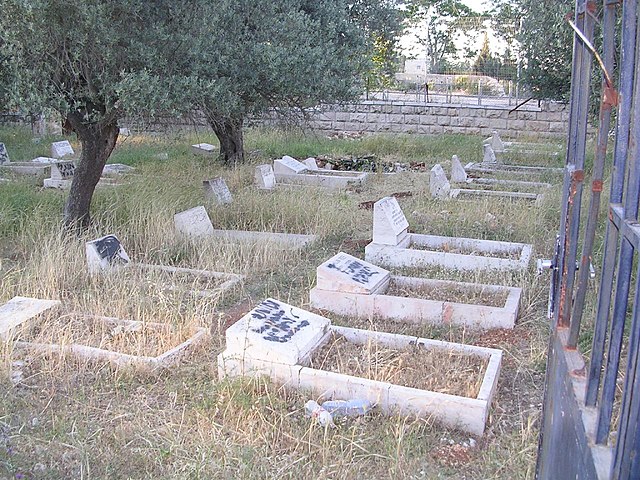Persecution of Christians in the post–Cold War era
Persecution of Christians in the post–Cold War era refers to the persecution of Christians from 1989 to the present. Part of a global problem of religious persecution, persecution of Christians in this era is taking place in Africa, the Americas, Europe, Asia and Middle East.
A vandalized Christian graveyard in Bethlehem. The text says "Death to Arabs" in Hebrew.
Anti-Christian graffiti in Tampere, Finland
Persecution of Christians
The persecution of Christians can be historically traced from the first century of the Christian era to the present day. Christian missionaries and converts to Christianity have both been targeted for persecution, sometimes to the point of being martyred for their faith, ever since the emergence of Christianity.
Greek Christians in 1922, fleeing from their homes in Kharput and moving to Trebizond. In the 1910s and 1920s, the Armenian, Greek, and Assyrian genocides were perpetrated by the Ottoman Empire and its successor state, the Republic of Turkey.
Death of Saint Stephen, "the Protomartyr", recounted in Acts 7, depicted in an engraving by Gustave Doré (published 1866)
Crucifixion of Saint Peter by Caravaggio (1600, Cerasi Chapel)
A Christian Dirce, by Henryk Siemiradzki (1897, National Museum, Warsaw) A Christian woman is martyred under Nero in this re-enactment of the myth of Dirce






